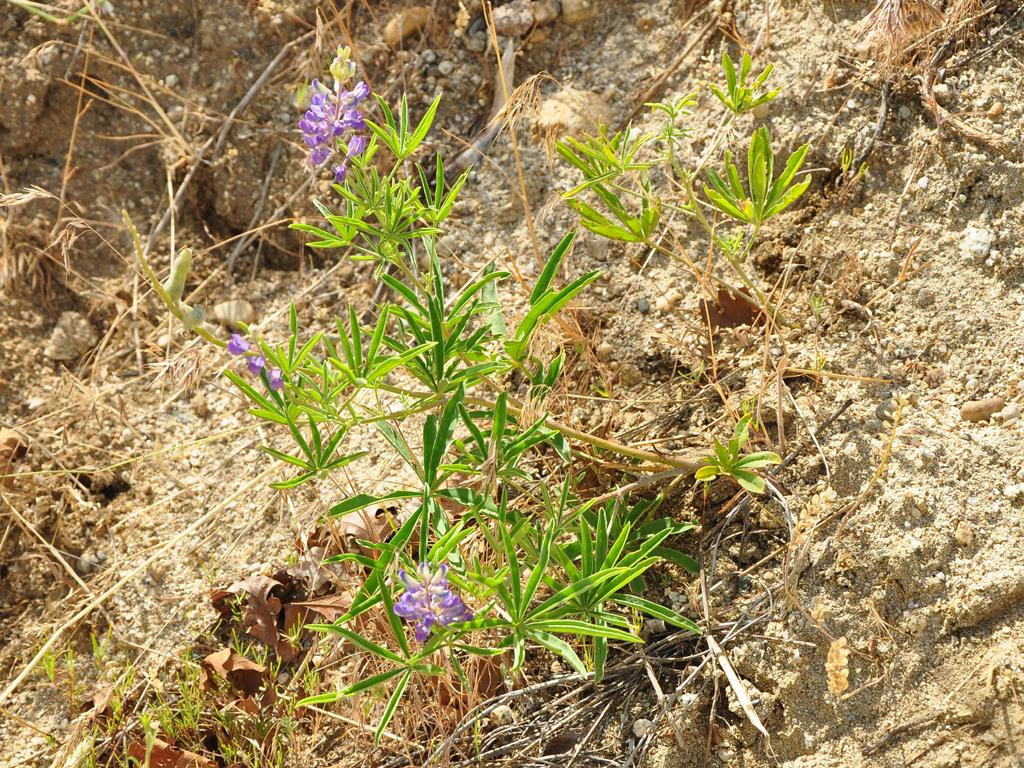Fabaceae
|
Fabaceae |
|
|
PLANT : Trees, shrubs, herbs, or vines, often with nitrogen-fixing bacteria in root nodules. LEAVES : alternate, usually compound (pinnate, bipinnate, palmate) sometimes simple; stipules present, sometimes developing into spines. INFLORESCENCE : a terminal raceme, corymb, spike, or head. FLOWERS : usually bisexual, actinomorphic to papilionoid, hypogenous or perigynous; sepals 5, free or fused into a tube that is regular or somewhat bilabiate; petals mostly 5, rarely reduced or absent, free or fused into a tube, or the 2 lower ones often fused and the three upper ones distinct; stamens 5-10; ovary superior, composed of a single carpel with a terminal style and stigma; ovules 1-many, placentation marginal. FRUIT : usually dry and opening along both sutures (a typical legume), sometimes indehiscent, sometimes breaking into 1-seeded segments (a loment); seed with hard, often impervious testa, often long-lived; embryo typically large, with 2 conspicuous cotyledons. NOTES : Ca. 700 genera and 18,000 spp. of worldwide distribution. Some authors treat the three subfamilies, Caesalpinoideae, Mimosoideae, and Papilionoideae, as distinct families. Economically, legumes are one of the most important plant families, contributing food and forage throughout the world. They are well represented in Arizona, especially below the Mogollon Rim. On Rupert Barneby’s last trip through the American West, he suggested to June Beasley that she describe this group of Dalea segregates (Errazurizia, Marina, Parryella, Psorothamnus) for the VPA project. These genera along with Amorpha, Dalea, and Eysenhardtia all belong to the tribe Amorpheae, which in turn belongs to the subfamily Papilionoideae with pea -like flowers. We here provide a key to the AZ genera of the Amorpheae and a taxonomic treatment of the Dalea segregates. The Amorpheae are members of the Papilionoideae, which generally have bilaterally symmetric flowers with the uppermost petal (the banner) external in the bud and the two lowermost petals forming a keel. The Amorpheae can be distinguished from other tribes of Fabaceae by a combination of characters, namely: the presence of oil glands in the epidermis of the stems, leaves, calyx and sometimes the petals, these parts aromatic when bruised; hairs simple, basifixed; inflorescence determinate; ovules usually 1-2; fruit usually 1-seeded, indehiscent, falling with the calyx. REFERENCES: Rhodes, Suzanne, June Beasley and Tina Ayers. 2011. Fabaceae. CANOTIA 7: 1-13. Common Name: catclaw acacia Duration: Perennial Nativity: Native Lifeform: Tree Wetland Status: FACU |
|
